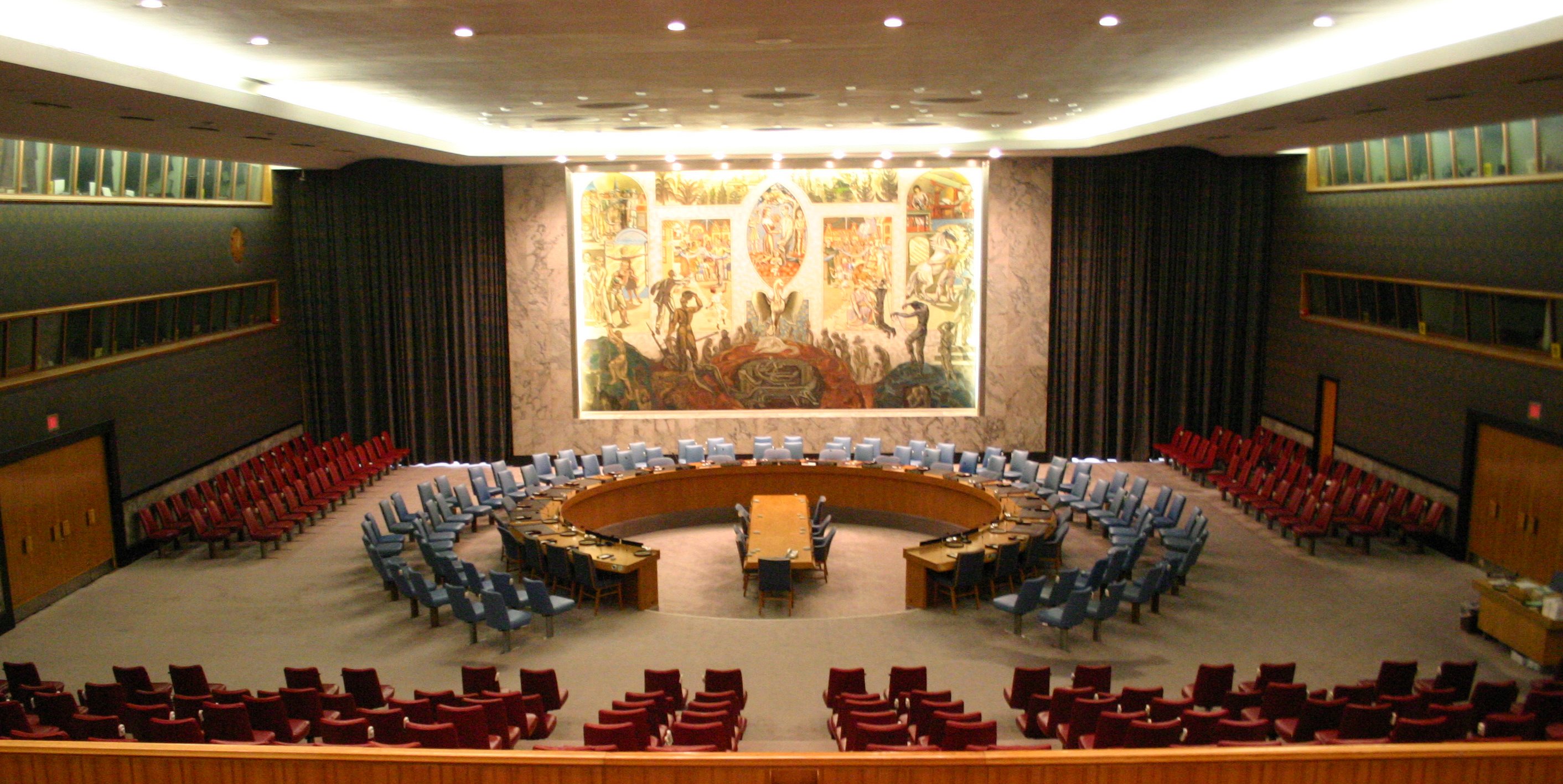Least developed countries (LDCs) are characterized by limited productive capacities, which constrains their efforts towards structural transformation and sustainable development. At the same time, the actual policy choices countries that have graduated or have made significant progress towards graduation from the LDC category provide a wide range of lessons other LDCs and the international community can learn from. Whereas countries can be on different pathways towards graduation, a diverse set of social, macroeconomic, financial, agricultural and industrial policies can be effective. However, good development governance is the key factor for successfully expanding productive capacity.
SDG #9: Industry, innovation and infrastructure

This paper analyzes opportunities for growth in Nepal by applying the policy tool of New Structural Economics ? Growth Identification and Facilitation Framework (GIFF). Drawing on firm level surveys, stakeholder interviews, and existing datasets it aims to contribute to policy discussions in Nepal and to demonstrate the use of the GIFF for other least developed countries. The report argues that Nepal should seek to capture industrial transfer from China to establish a foothold in global value chains, create employment and catalyze structural transformation. The report identifies product-level advantages arising from preferential market access and sector-specific binding constraints, and proposes how to use Special Economic Zones to mitigate identified constraints to set Nepal on a path of structural transformation.

This paper examines the process of building productive capacity in Ethiopia over the past two decades and the roles played by the state, government, the private sector, foreign firms and development partners. Productive capacity is defined broadly as the natural resource potential, accumulation of human capital and the institutions that facilitate inclusive and sustainable economic growth. This process also encompasses the nurturing modern entrepreneurial skills in the private sector and fostering innovation. The paper starts with an overview of Ethiopia's economic growth and the change in the domestic economic structure. The manufacturing sector is seen as the success of Ethiopia's Growth, and its development to a large extent the product of an activist developmental state. The paper then examines growth and diversification of exports and the country's recent efforts to effectively exploit its natural resources. An analysis of public and private investment and the underlying allocation of financial resources finds that a recent upturn in domestic investment has been financed largely by foreign aid, and that private financing remains too low. Finally, the paper addresses educational attainment, arguing that Ethiopia has some distance to go in its attempts to close the large human capital gap relative to other low-income countries.

The paper reviews the provisions within the WTO multilateral trade regime which impact on the policy space for LDCs which are interested in pursuing industrial policies as latecomers. It finds that LDCs are more constrained by lack of capacity rather than by WTO provisions, in contrast to more advanced developing countries.

The paper investigates the effectiveness of trade preferences for LDCs. It confirms that overall trade preferences for LDCs increase LDC exports. However, it also finds that effectiveness differs across the nine providers included in the study (EU, US, Canada, Japan, Australia, New Zealand, Norway, the Russian Federation and Turkey) and that only a subset of LDCs is able to benefit from trade preferences.

The paper overviews the evidence of good governance institutional reform agenda on the development outcomes of LDCs. For building development governance capacity in LDC for achieving sustainable development goals, successful examples suggest a few key common features: (1) existence of government/political leadership; (2) organizational set up for achieving national development goals; (3) structural transformation from poor human capital base and low quality of the bureaucracies. The lessons learned from these examples cannot simply be transmitted to other LDCs, but should be seen as practical policy lessons.

The paper discusses two ways of building productive capacity in LDCs: the manufacture of products to foreign buyers? specifications, and the integration of resource-based sectors into global value chains using backward and forward linkages. Using country examples the paper then shows how government and the international community can support the growth of productive capacity in various ways including research institutes and public research organisations. The paper argues that some LDCs should try to leapfrog into newly emerging sectors such as renewable energy.

This paper aims to draw insights from New Structural Economics by applying its practical policy tool - the Growth Identification and Facilitation Framework (GIFF) - to least developed countries (LDCs) with a special focus on the case of Uganda. The GIFF offers practical development paths for enabling developing countries to follow comparative advantage in its industrial development and to tap into the potential of advantages of backwardness in industrial upgrading in an effort to achieve sustained and dynamic growth. After a brief introduction of the GIFF, we present an overview of Uganda's recent economic and social performance and analyse Uganda's factor endowments, i.e., land (or natural resources), labour and capital that can be used in the production process. After identifying tradable goods and services which would fit Uganda's latent comparative advantage, we diagnose sector-specific binding constraints in starting and scaling up the selected subsectors and discuss how to remove or mitigate these key constraints. Finally, we conclude with main findings and policy recommendations. The takehome message is that developing countries should not focus on what they lack but what they have when formulating their development strategies.

Economic growth, environmental sustainability and human development in the Solomon Islands have lagged much of the Pacific region since independence in 1978. Trade contributes insufficiently to development, partly because of the dominance of the logging industry but also due to the lack of emphasis on building productive capacities with a view to economic transformation toward higher productivity activities. Targeted soft industrial policies may help address these shortcomings, in the form of sectoral prioritisation; linkages policies; joint government-donor support to build appropriate infrastructure; and the development of human resources in specific areas. Government institutional capacity will only be allowed to improve if policymakers are permitted true ownership over policies and if they are allowed to make mistakes.
 Welcome to the United Nations
Welcome to the United Nations